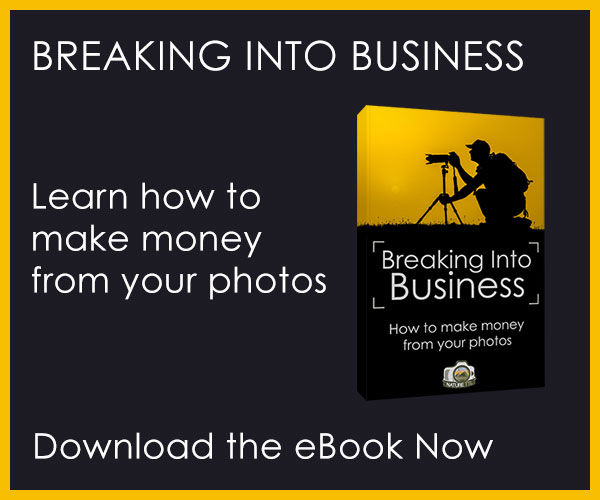How to Use Reflected Light for Better Landscape Photos
In landscape photography, natural light can make or break an image in a matter of seconds, so it’s essential to know how to identify light at its scene-shaping best. This short video from award-winning photographer Adam Gibbs goes into depth on reflected light and how to make the most of it.
Gibbs kicks off the video by explaining the importance of different lighting types, and how for outdoor photographers it is a “real challenge”, as we are totally left to the mercy of the elements.
Talking about his latest adventure to the Lake District in the UK, he remarks on the all too familiar situation of when the weather renders bright blue skies and burning sunshine – but altogether this is a pretty uninteresting scene for landscape photography. Gibbs states how this shows “light is definitely the most important aspect” for creating a strong landscape image.
He shows example of some brilliant shots of the American Desert Southwest, where reflected light dances off the pale rock to create a mesmerising contrast of blue and yellow hues. Heading to the leafy region of Canada’s British Columbia, Gibbs works with ambient light to capture emerald green reflections. When the contrast is too great, he suggests blending multiple exposures to maximise your composition. We then witness the wonders of reflected light on snow, as golden tones contrast with the blanket of white.
But there are some things you have to be wary of when photographing reflected light. For instance, using a polariser can actually eliminate the reflected light and negatively impact your image. Although light is mostly out of an outdoor photographer’s control, Gibbs shows us how with close-up images you can control it using simple equipment. Using the example of flowers, he uses a metal tin (for storing his filters) to reflect the light directly onto the subject and darken the background.
Finally, we head to Seven Veils Waterfall of Yoho National Park, where reflected light gives a sheen to the water and rocks – made possible without a polariser.
Check out Gibbs’ previous video on light for more, as well as his website, YouTube, and Instagram.





